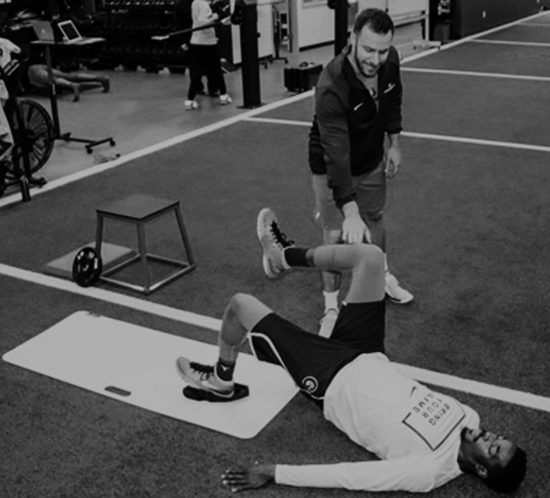Crossfit – Not So Bad
There is a lot of conflicting information in the rehab and strength and conditioning world. Look no further than the message boards on any popular blog or facebook page and you will see disagreement. Sometimes it’s even hard to find conclusive information in the research. And for people who don’t spend their lives immersed in this field, it’s downright confusing. I’m here to tell that if you’ve ever given advice to someone, you were probably wrong.
While the healthy debate of ideas in our field is essential to growth, problems arise when conflicting information leaves people confused. It doesn’t help us reach a larger audience, get more people exercising, and positively influence our clients, athletes, and patients. I’m sick and tired of hearing people say “but my trainer said you *have* to do this…”






 K.I.S.S.
K.I.S.S.